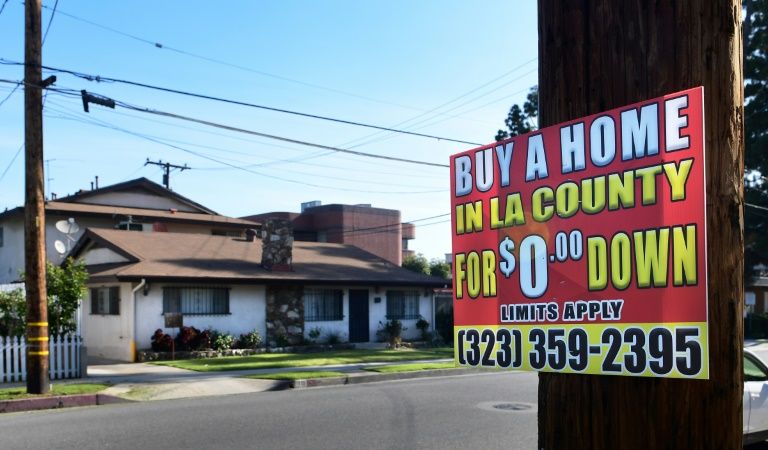US existing home sales drop 9.7% in May: realtors
()
With the sales pace hitting a seasonally adjusted annual rate of 3.91 million properties in the month, the data was worse than analysts expected and down more than a quarter from the same month in 2019.
The decline was felt in all regions on both a monthly and yearly basis, the NAR said.
However, a fall in supply and an uptick in prices points to a tightening market, and realtors and analysts expect a return of buyers as states loosen lockdowns imposed to contain the pandemic.
“Home sales will surely rise in the upcoming months with the economy reopening, and could even surpass one-year-ago figures in the second half of the year,” NAR’s chief economist Lawrence Yun said, noting May’s data reflects deals closed in March and April, when the virus was at its worst.
Continuing 99 months of year-on-year gains, median home prices ticked up 2.3 percent from May 2019 to $284,600, with increases seen in all regions.
Inventory was at 1.55 million units in May, up 6.2 percent from April but down 18.8 percent from the same month a year ago, which Mortgage Bankers Association Chief Economist Mike Fratantoni said kept prices from collapsing.
“Although demand certainly dropped in March and April due to the crisis, supply dropped even more, and has thus far kept home prices from declining. We expect that home-price growth will pick up over the summer due to insufficient supply levels,” he said.
However, Rubeela Farooqi of High Frequency Economics said the data stands in contrast to comparatively positive numbers in new home sales and construction, while year-on-year sales in May were down 26.6 percent compared to the 17.2 percent posted in April.
“Rising virus cases could put renewed pressure on sales. Also, the underlying trend could slow further as weak labor market conditions weigh on households’ ability to purchase homes,” she said.
(AFP)
Disclaimer: Validity of the above story is for 7 Days from original date of publishing. Source: AFP.


